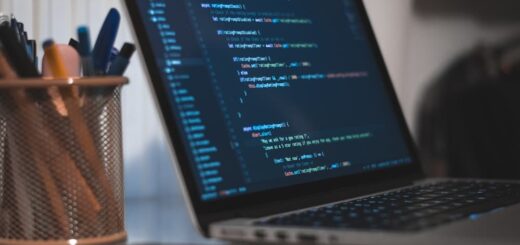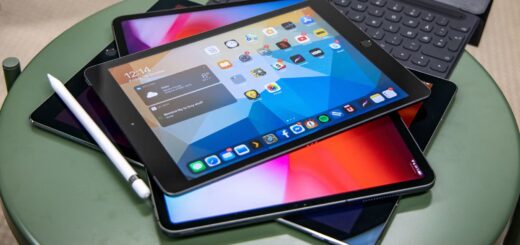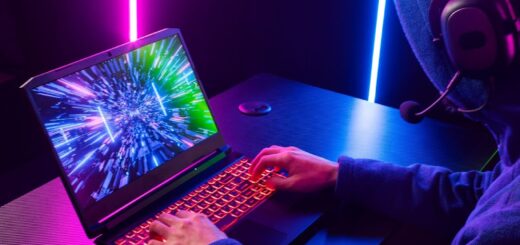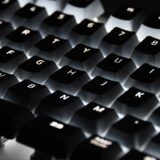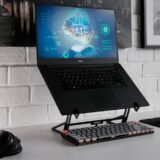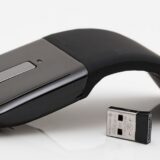PC Won’t Boot to BIOS? Find Solutions Here!
Accessing the PC BIOS is an essential task, regardless of whether the user employs a laptop or a desktop. However, encountering a situation where the PC fails to boot to BIOS is not uncommon. In this comprehensive guide, various reasons for this issue are explored, along with their corresponding solutions.
Understanding BIOS Setup on Different Computers:
The appearance of the BIOS setup page can vary based on the manufacturer of the motherboard, as depicted in the accompanying image. A comprehensive guide to comprehending BIOS on computers is available here.
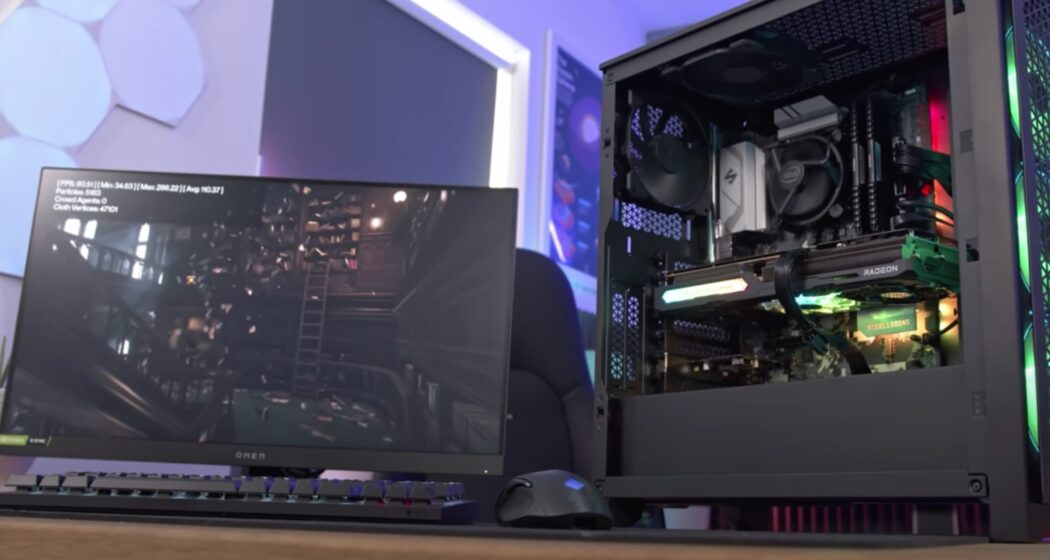
Section 1: Navigating BIOS Access – Identifying the Correct BIOS Access Key
To initiate BIOS access, the user must press the appropriate function key, which can differ across various PC models. For instance, while the ‘Del’ key serves as the BIOS access button for the current PC, an HP laptop may require the use of the F9 key. Mistaken key presses can lead to loading the OS or displaying connected boot devices.
Solutions:
- Referring to the Motherboard Manual: The motherboard manual provides valuable insights into troubleshooting PC issues, including BIOS access. Online access to the manual is recommended;
- Testing Function Keys: Experimenting with function keys (F1 to F12), ‘Del,’ and ‘Esc’ can help determine the correct BIOS access key;
- Researching Online: Conducting research on the motherboard model or manufacturer can reveal the BIOS access key.
Section 2: Ensuring Optimal Power Supply
Sufficient power supply is crucial for the proper functioning of all PC components. Inadequate power supply can lead to issues such as failure to boot to BIOS, Blue Screen errors, and system freezes.
Solutions:
- Upgrading Power Source Unit: To address power supply issues, consider utilizing a higher wattage Power Source Unit (PSU);
- Determining PSU Capacity: Review the list of components used during PC assembly to identify the PSU wattage required. Typically, a gaming PC necessitates a higher wattage PSU due to increased power demands.
Section 3: Resolving External Drive and Battery Issues
External devices, along with the CMOS battery on the motherboard, can impact PC performance and BIOS access. Temporary removal of these components can help rectify the situation.
Solutions:
- Power Supply Reset: Disconnect all external components and wait for at least 10 minutes before reconnecting them. Power on the PC to access the BIOS utility setup.
Section 4: Ensuring Component Compatibility
PC components must be compatible with each other for smooth operation. The motherboard model serves as a reference point to determine component compatibility.
Solutions:
- Motherboard Manual Guidance: Consult the motherboard manual for information on compatible components, including the processor, RAM, GPU, connecting pins, PSU requirements, storage capacities, and SSD compatibility.
Section 5: Proper Component Placement
Improper placement of components like RAM, ROM, and the processor can lead to issues preventing BIOS access. Ensuring proper installation is vital for the overall functionality of the PC. In general, this section might not require much attention, but certain scenarios warrant careful consideration. For instance, RAM misplacement, while uncommon, can still result in issues that obstruct BIOS access. Similarly, the proper installation of the ROM and processor is of paramount importance.
While it is true that RAM and processor misplacements are rare, their impact on BIOS access cannot be underestimated. A faulty RAM module or incorrectly placed processor can lead to a cascade of problems, rendering the PC incapable of booting into the BIOS environment. To address these concerns, users are advised to meticulously handle these components during installation. Paying close attention to alignment, ensuring secure seating, and abiding by the motherboard’s specifications are key steps in ensuring accurate placement.
It is essential to acknowledge that while the intricacies of component placement might be less significant for laptop users, desktop users should exercise caution. Incorrectly placed components can have far-reaching consequences on the PC’s performance and functionality. Therefore, it is crucial to adhere to proper installation practices, which include dismantling the PC if necessary to rectify any misplacements. However, laptop users should refrain from dismantling their devices unless confident that component misplacement is the root cause of the BIOS access issue. This meticulous approach will undoubtedly contribute to a more reliable and efficient PC experience.
Solutions:
- Precise Component Handling: Handle components with care, particularly the processor. Any assembly errors can result in problems. Reinstallation of RAM, ROM, and the processor might be necessary.
Section 6: Detecting Motherboard Burnout
A functioning motherboard is pivotal for the overall operation of the PC. Often referred to as the “heart” of the computer, the motherboard serves as the central hub that orchestrates the interactions between various hardware components. It is within this intricate network that internal connections are established, facilitating seamless communication among components such as the RAM, processor, graphics card, and storage devices.
- The complexity of the motherboard’s design lies in its ability to manage and synchronize the activities of these disparate components. The intricate web of connections ensures that data flows efficiently, power is distributed appropriately, and signals are transmitted without interference. These connections enable the motherboard to carry out its crucial role of relaying instructions and managing data traffic, all of which contribute to the overall performance and functionality of the PC;
- In the context of BIOS access, the motherboard plays a crucial role. The BIOS, a firmware embedded within the motherboard, serves as the bridge between the hardware and software layers of the computer. It initializes and configures hardware components during the boot process, ensuring that the PC is ready for operation. A malfunctioning motherboard, characterized by a burnout or damage to internal connections, can disrupt this delicate balance and impede the PC’s ability to access the BIOS environment.
As such, users must exercise utmost care when handling the motherboard. Any neglectful actions or mishandling can potentially disrupt the internal connections, leading to short circuits or other complications. It is imperative to recognize the motherboard’s significance and take appropriate precautions to safeguard its integrity. By doing so, users can ensure the reliable and optimal functioning of their PCs, enabling uninterrupted access to the BIOS and the broader computing experience.
Solutions:
- Handling with Care: Motherboards are sensitive and susceptible to damage. A burnt area on the board indicates damage, necessitating a replacement to restore BIOS access.
Section 7: Replacing CMOS Battery
In certain instances, a malfunctioning CMOS battery can hinder BIOS access, thereby impacting the PC’s ability to operate smoothly. The CMOS battery, a seemingly unassuming yet vital component nestled within the motherboard, holds a significant role in preserving crucial system settings and information.
- The CMOS battery is responsible for maintaining the Real-Time Clock (RTC) and storing the Basic Input/Output System (BIOS) configuration data. This configuration data includes information about hardware settings, boot order, system date and time, and other essential parameters that influence the PC’s startup behavior. Without a functional CMOS battery, this data might be lost when the PC is powered off, resulting in BIOS access issues and irregularities in the system’s operation;
- Over time, CMOS batteries can weaken or fail, causing disruptions in the seamless functioning of the PC. Symptoms of a malfunctioning CMOS battery might manifest as BIOS configuration errors, system date and time discrepancies, and in more severe cases, failure to boot into the BIOS environment;
- To address CMOS battery-related issues, replacing the battery with a new one is often the most effective solution. These batteries are typically affordable and easily accessible. However, it’s important to note that before proceeding with a CMOS battery replacement, users should exhaust other troubleshooting steps mentioned earlier in this guide to ensure that the battery is indeed the source of the BIOS access problem.
As a testament to its significance, the CMOS battery’s proper functionality plays an integral role in maintaining the PC’s stability and enabling a smooth BIOS access experience. Therefore, acknowledging and tending to this often-overlooked component can contribute to the overall reliability and longevity of the PC.
Solutions:
- Replacing the CMOS Battery: If CMOS battery issues are suspected, replacement with a new battery is recommended, as this small component plays a critical role in BIOS functionality.
Conclusion
This guide serves as a comprehensive resource, offering an in-depth exploration of the potential factors contributing to a PC’s failure to boot into the BIOS. By diligently following the proposed solutions, users can effectively troubleshoot and rectify these issues, ultimately restoring seamless access to their PC’s BIOS utility setup. The detailed steps outlined in each section empower users to tackle the problems systematically and efficiently.
As technology continues to evolve, so too does our understanding of these complexities. Any future breakthroughs or insights related to BIOS access challenges will be seamlessly integrated into this guide, ensuring that it remains a current and reliable source of information for users facing such issues. The collaborative nature of this guide extends to its readers, who are encouraged to actively participate by sharing their own experiences, insights, and solutions in the comments section.
Together, through a collective effort to uncover new strategies and solutions, we can fortify this guide as a valuable repository of knowledge, capable of addressing a broad spectrum of BIOS access challenges. By fostering an environment of shared learning and problem-solving, we aim to equip users with the tools they need to overcome these obstacles and achieve uninterrupted and optimal PC functionality.




